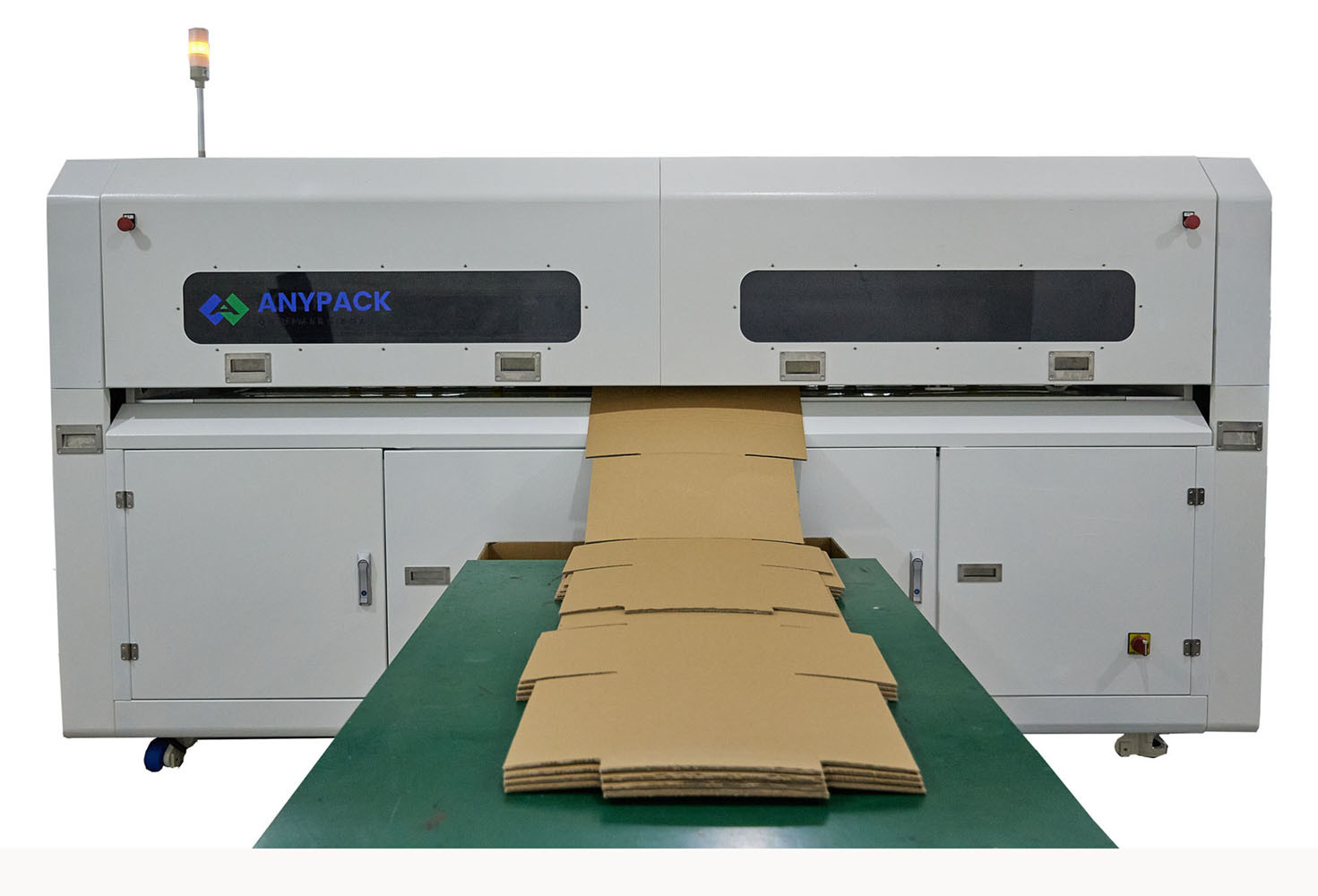In the world of packaging, the unsung hero that plays a crucial role in safeguarding our goods during transportation is the humble corrugated box. Often overlooked, these unassuming containers are crafted with precision and purpose, designed to withstand the rigors of shipping and handling. In this exploration, we delve into the intricate world of Corrugated Box Making Machine, unraveling the secrets behind their resilience.
The Basics of Corrugated Boxes
Corrugated boxes are made from a combination of three layers: the outer layers, known as liners, and the inner layer, known as corrugate or fluting. This unique structure provides a balance between strength and flexibility, making corrugated boxes the go-to choice for shipping a wide array of products.
- Liners: The Protective Shield
The outer layers of a corrugated box, called liners, act as a protective shield. Crafted from paperboard, these layers provide a smooth surface for printing, branding, and additional strength. The liners are carefully selected based on the intended use of the box, with factors like weight, printing requirements, and the nature of the packaged items influencing the choice of liner material.
- Corrugate or Fluting: The Strength Within
The real strength of a corrugated box lies in its corrugate or fluting layer. This middle layer is a rippled or grooved sheet of paper that provides flexibility and strength simultaneously. By incorporating these undulating layers, corrugated boxes gain resistance against bending and crushing forces, making them ideal for protecting fragile or heavy items during transit.
Understanding the Types of Corrugated Boxes
Not all corrugated boxes are created equal; their strength and resilience depend on the specific combination of liner and fluting types. Here are some common types:
- Single-Wall Corrugated Boxes: Balance of Strength and Cost
Single-wall corrugated boxes consist of one layer of fluting sandwiched between two layers of liners. This design strikes a balance between strength and cost-effectiveness, making them suitable for a wide range of applications.
- Double-Wall Corrugated Boxes: Extra Strength for Heavier Loads
For heavier or more delicate items, double-wall corrugated boxes come into play. These boxes incorporate an additional layer of fluting, providing enhanced strength and protection. They are often used for shipping valuable or fragile goods that require extra support.
- Triple-Wall Corrugated Boxes: Unrivaled Strength for the Toughest Challenges
Reserved for the most demanding shipping scenarios, triple-wall corrugated boxes feature three layers of fluting nestled between four layers of liners. This robust design offers unparalleled strength, making them suitable for heavyweight, high-value, or exceptionally fragile items.
Testing and Quality Control
Crafting resilient corrugated boxes involves rigorous testing and quality control measures. Manufacturers subject their boxes to various tests, such as the Edge Crush Test (ECT) and the Burst Strength Test, to ensure that they meet industry standards for strength and durability. These tests simulate the challenges that boxes may face during transportation, helping manufacturers fine-tune their designs for optimal performance.
